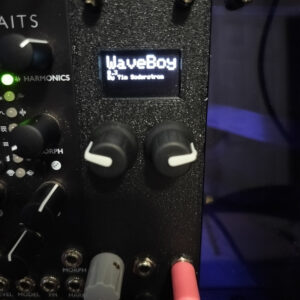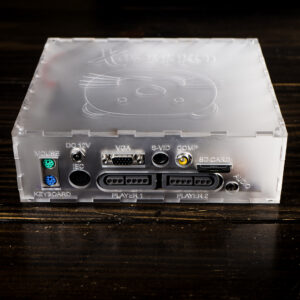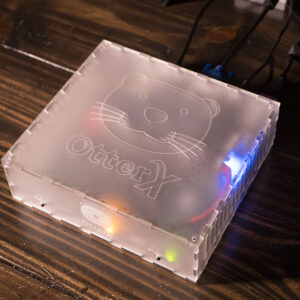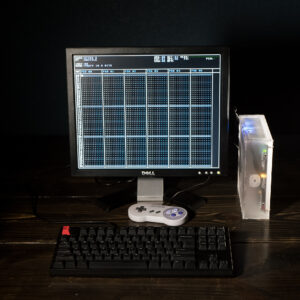I don’t yet have a video demo of it. Partly because the UI could stand to provide more info and partly because I haven’t gotten to it yet; but I implemented the sample banks sort of idea for the WaveBoy Sampler I was toying with.
Each patch is now a collection of 16 samples. Just like with the Wave mode, you select which sample you want via the CV input. The menu then lets you select from different patches (each with their own 16 samples).
Samples are still 8-bit and up to 64k. The sample rate doesn’t really matter or is to taste based on the fidelity and sample length you want. Reading off the SD card seems fast enough to play samples of arbitrary length but I’m not yet sure if I should actually implement that. The limitation is kinda part of the game (noting for my DreamTracker program on the X16, samples are limited to 8k).
Still to do is adding meta-data (sample names, desired looping perhaps, sample-rate multiplier, etc.) and better nav of the patches but the foundational parts of the feature are there and I’ve already been able to jam out to some drums with it.













